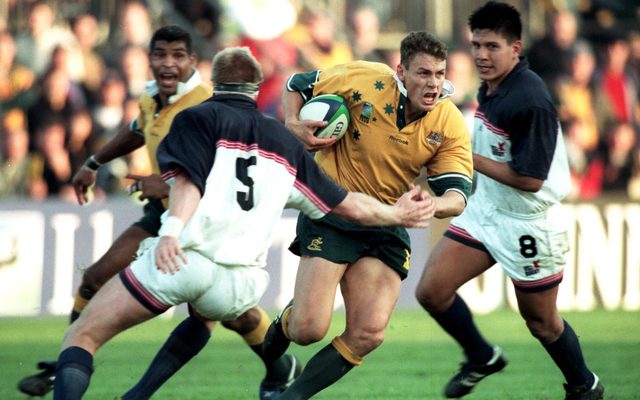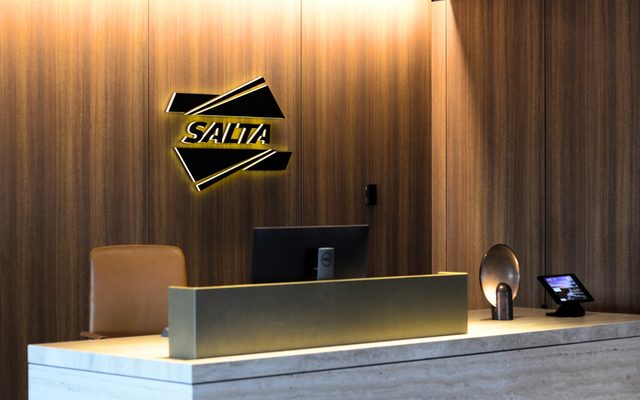This article is from the Australian Property Journal archive
MIRVAC, touted as one of the strong players in Australia's property market, has succumbed to weak market fundamentals – cutting its FY08 earnings guidance as well as write off $400 million from its $7.5 billion portfolio.
Up until last Friday, Australia’s eighth largest listed group by market cap has been sailing under the radar of most brokers and analysts who have downgraded the likes of Stockland and Lend Lease.
In fact, only four months ago, chief executive Greg Paramor delivered an upbeat assessment of the group in the February half year results.
“Today’s (February 12 2008) solid result clearly demonstrates the quality of Mirvac’s underlying business model. Despite turbulent markets, we have a stable income stream that continues to deliver resilient earnings through our two core divisions, funds management and development.
“Mirvac’s scale allows the group to benefit from diversification across asset classes and geographies, spreading risk and using our expertise to enter and exit different real estate cycles at the right time,” Paramor said at the time.
But last Friday, Mirvac released two sets of EPS FY08 guidance – a good and worst case scenario. In the best case scenario the previous guidance of 34.3 cents or net profit after tax of $361.9 million will remain, but in the worst scenario EPS will fall to 31.4 cents or NPAT of $330.8 million.
But regardless of which scenario is played out, Mirvac still reaffirmed its distribution of 32.9 cents, unchanged from February 2008 forecasts.
Mirvac said its residential developments have been exposed to the continuing poor sentiment, affordability and mortgage related stress, particularly in New South Wales and has resulted in write off of $147 million to $217 million.
In the funds management division, the group’s investment (13%) in Mirvac Industrial Trust and Mirvac Real Estate Investment Trust (23%) will also write off between $16 million to $19 million and $48 million to $55 million, respectively. In addition, Mirvac has written off the carrying values of management rights of between $18 million and $34 million.
And in the infrastructure business, the group last month decided to write off 100% of its indirect investment in the Lane Cove Tunnel to the carrying value of $71 million and $75 million.
As a result, the $300 million to $400 million write off represents a 3.8% to 5% fall in total asset value which will see the group’s Net Tangible Assets potentially fall from $3.98 to $3.62 whilst gearing could increase from 33.8% to 35.1%.
Paramor said the results were due to the sustained deterioration in market conditions including prolonged global financial market volatility, rising cost of capital and general slow down in global and Australian economic conditions.
“Since the first shocks of the credit crisis in August last year, we have seen a steady deterioration in real estate market fundamentals in Australia and elsewhere as a consequence, we believe it is appropriate to take these steps.
“We are confronting the difficulties facing the market and its impact on our business now to ensure Mirvac is in a strong position to ride out this volatile period and also be well positioned to capitalise on significant opportunities we anticipate in the period ahead,” he added.
Paramor said a divestment program is now in place to sell non-core investments in funds management and development in the next 12 months.
But whether Mirvac will achieve the price it wants for the assets is another matter. In April, the group sold a 50% stake in 101 Miller Street and Greenwood Plaza to Eureka Funds Management for $230.1 million, which was 2.7% below the agreed price of $236.5 million in December last year. At the time, Mirvac’s executive director of funds management Nicholas Collishaw said the adjustment in profit was due to the increased cost of debt.
“Our policy over the medium term is to secure our business to face the current market volatility and to emerge with strategic options and earnings momentum,” he concluded.
Last month, Credit Suisse and Merrill Lynch downgraded Mirvac from Outperform to Underperform and Neutral to Sell, respectively.
Credit Suisse also downgraded forward earnings numbers because it thinks Mirvac will be unable to deliver profit from asset sales to maintain distributions.
“This cut may well be one of the more severe in the August reporting season (DPU from 32.9 cents in FY08 to 24.3 cents in FY09), however, will set Mirvac up as a growth company thereafter with 11.6% and 9.7% EPS growth in FY10 and FY11,” the credit agency said.
In the last 12 months, Mirvac’s share price return was -44.79% – underperforming compared to the A-REITs sector which returned -34.72% and the market’s -14.58%. Meanwhile, in the last six months, returns were down 44.69% compared to the sector’s -28.63% and market’s 12.17%.
But despite the bad news, Mirvac’s share price closed 6 cents higher at $3.24 last Friday.
Australian Property Journal



